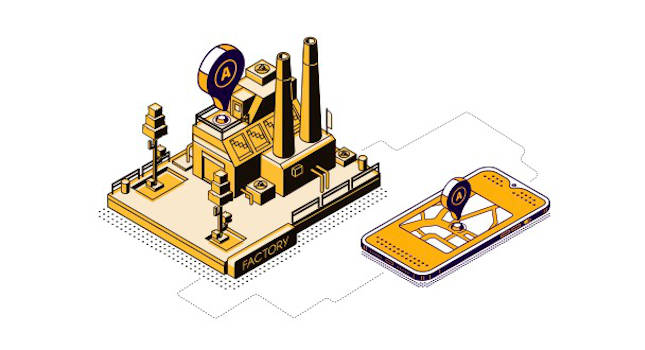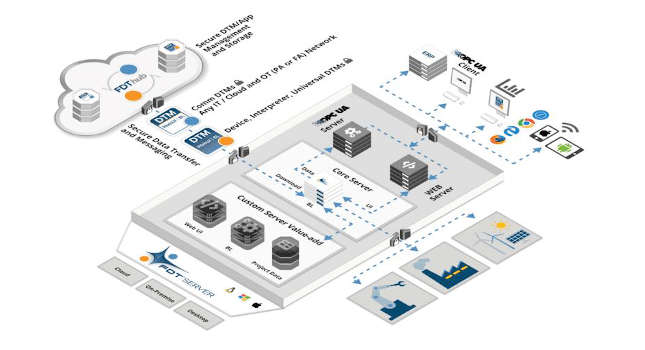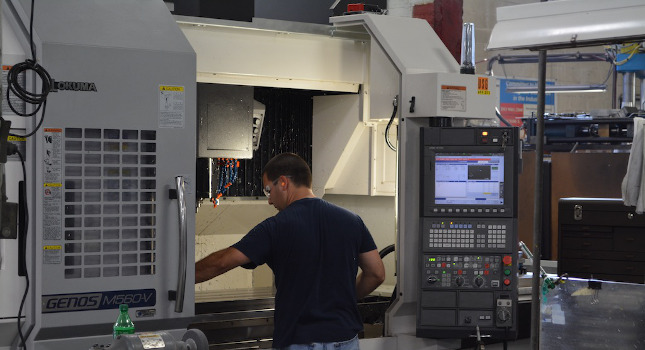Frost & Sullivan report looks at how technology improves production traceability
By Khadambari Shanbagaraman
Research Analyst
Frost & Sullivan
An increasing population and growing consumer demand for packaged foods has forced food and beverages industry to look at new technologies that provide flexibility, easiness of operation and constant tracking of the production process. Complete transparency is required along the production process for assuring consumers health and hygiene. This demands continuous monitoring and efficient traceability of the entire production process in the food manufacturing plant. Wireless devices provide answers to the aforementioned requirements in the Food and Beverages industry.
Wireless technology helps in cost-cutting
Currently, robotics and packaging applications use relatively higher level of wireless devices in the Food and Beverages industry. It is estimated that almost 50 percent of a processed food product’s price is attached to its packaging. With the help of wireless technology, over 25 — 50 percent of damages due to inefficient packaging can be eliminated. Robotics employ wireless devices is application such as palletization, thickness measurement, sizing of the food item, and controlling the robotics arm movement in loading and packing food products. Use of wireless devices in some of these robotics applications reduces manual errors and provides flexibility in the operation.
Wireless devices are beneficial in monitoring applications such as temperature, pressure, yield, humidity, force, PH monitoring along with temperature maintenance during fermentation, sterilization and pasteurization process. Employing wireless sensors in the Clean-in-place monitoring has brought in a significant cost savings of up to 5000 USD per installation in large scale beverage manufacturers.
Instant decision making
Wireless sensors attached to a remote computer or a PDA is increasingly used to report any problem or defects in the production line. As a result, any data pertaining to handling, filling and packaging can be immediately relayed to the users’ remote computer or PDA, thereby enabling instant decision making. Wireless GPS connectivity is used to monitor the condition of fragile articles during transportation, and identify the exact location of the consignment. Some of the critical applications such as the acidity and the PH measurement in the line refractometer are additional wireless applications in the food and beverages industry.
The other advantages of the wireless devices such as work-force mobility, ease of installation and commissioning, as well as reduction in the cabling cost have created higher propensity in the food industry to invest in wireless technology.
Adoption to improve as end users gain confidence
However, food and beverages industries have critical applications that demand wireless devices; the conservative nature of the industry to invest in new technologies is a major restraint for adoption. The wireless market in food and beverage industry is expected to grow at low levels over the next two years. But as the suppliers are able to clearly justify the benefits, significant investments are expected to happen over a long term period. By the end of 2012, the European food and beverages industry is estimated close to 25 per cent for the wireless market among discrete industries.
Khadambari Shanbagaraman is a Research Analyst for Frost & Sullivan Industrial Automation & Process Control Group.



